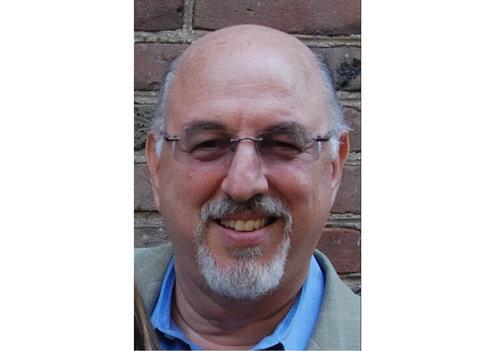Interest in biosimilar protein drugs continues to grow, and pharmaceutical manufacturers are racing to patent new drug formulations in order to survive in an evolving market.
Biosimilars are receiving a lot of attention due to the perceived cost-savings that consumers hope to gain and opportunities for alternative pharmaceutical manufacturers to enter both established and emerging markets. The characteristic protein makeup of biosimilars, however, requires strict and careful manufacturing practices in order to maintain safety and satisfy U.S. Food and Drug Administration (FDA) regulations, all while yielding a return on investment.
Pharmaceutical manufacturers must prepare themselves for some of the challenges that lie ahead for the biosimilars market. To help the industry avoid pitfalls, we spoke with two industry experts to weigh in on the important challenges pharmaceutical companies can anticipate in the manufacturing and packaging of biosimilars.
Know the Challenges of Biosimilar Manufacturing

Jerry Martin, Pharmaceutical and Life Sciences Consultant to PMMI, The Association for Packaging and Processing Technologies
In order to reduce patient costs, pharmaceutical manufacturers first turned to developing small molecule generics, a widely accepted identical version of brand name drugs. While that continues, manufacturers are now also turning their eyes toward developing biosimilars of large molecule biotechnology drugs to take advantage of developmental cost benefits, like avoiding research discovery and initial clinical safety and efficacy testing costs. However, they often do not have the same flexibility to save production costs like many generic manufacturers. Some major challenges biosimilar manufacturers will face in processing and packaging are the variability of large-molecules and the necessity of providing FDA with sufficient evidence to prove clinical safety.
The conditions in which cells are cultured can ultimately alter the molecular structure and clinical behavior of biosimilars, and potentially introduce impurities, traces of cell proteins, DNA and contaminating viruses. Additionally, because the molecular structures of biosimilars are so complex, we currently lack the proper analytical tools to accurately identify the difference between the biosimilar and the original therapeutic protein (hence the term biosimilar versus bio-identical). While we can show a high degree of similarity in a molecule’s chemical and biological identity, we still need to demonstrate that each biosimilar can act as a pharmaceutical drug with the same amount of clinical safety and effectiveness as the original. All of these factors could significantly slow down the timeline to approval and production. Lastly, as biosimilar developers target more complex proteins, development costs will likely rise as manufacturers face regulatory challenges to prove high levels of similarity.
Best Practices for a Competitive Market

Dr. Michiel Ultee, Principal, Ulteemit BioConsulting, LLC
A major payoff of investing in biosimilar manufacturing is that you can get to market faster than a new innovator biopharmaceutical. Some friendly advice would be to start three to five years before a patent expires. A biosimilar manufacturer will also want to purchase large quantities of the innovator product because they will need various samples of different batches to truly understand the range of allowed variability in analytical properties. Having a strong analytical system will also be paramount in determining the characterization of the biosimilar; for example, quality mass spectrometer and electrophoresis instrumentation for structure and glycoform testing.
In order to compete on price, biosimilar manufacturers should select a cell line with high specific productivity as well as the ability to grow to high cell densities, thereby yielding the highest amount or titer in each bioreactor run. In addition to these cell-line features, biosimilar manufacturers will want to develop an efficient downstream process to purify the biosimilar from the crude cell harvest. A robust cold chain is needed as well to handle the bulk drug and drug product because of the temperature sensitivities of biological products. This includes investment in temperature monitors to ensure that products maintain ultra-cold temperatures. Lastly, biosimilar manufacturers may want to consider packaging innovations because this is an area where the FDA allows some latitude. For example, an innovator drug that is stored in a vial could instead be packaged in a pre-filled syringe, resulting in greater convenience and reduced agitation of the protein solution during shipping and handling.
Opportunities for Additional Industry Insight
In tackling these challenges, biosimilar manufacturers specifically can benefit from the opportunities to find a wide range of manufacturing and supply chain solutions, educational programming and networking opportunities at Healthcare Packaging EXPO, co-located with PACK EXPO Las Vegas (Las Vegas Convention Center; Sept. 25—27). Produced by PMMI, the Association for Packaging and Processing Technologies, the Healthcare Packaging EXPO will house 250 exhibitors showcasing solutions in cleaning and sterilisation, controls and robotics, dosing, packaging, processing, tamper-proof packaging, supply chain services, automation and cold chain logistics. Attendees can also take advantage of the Innovation Stage, which provides free and convenient, on-floor access to a series of 30-minute seminars hosted by industry experts.
More info:

















